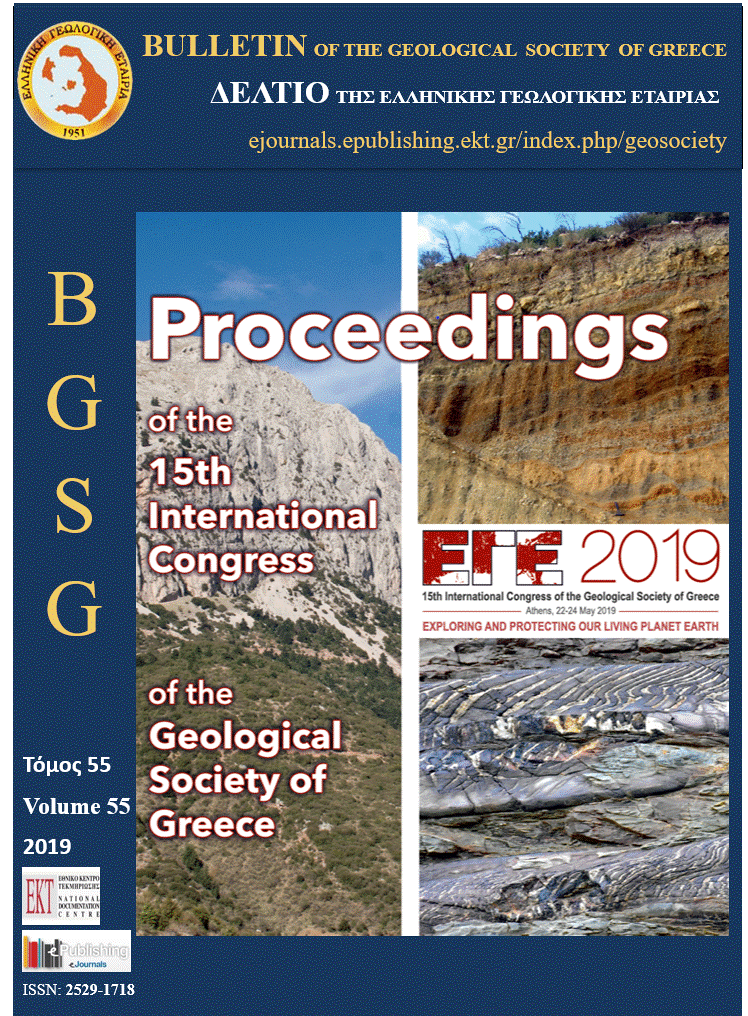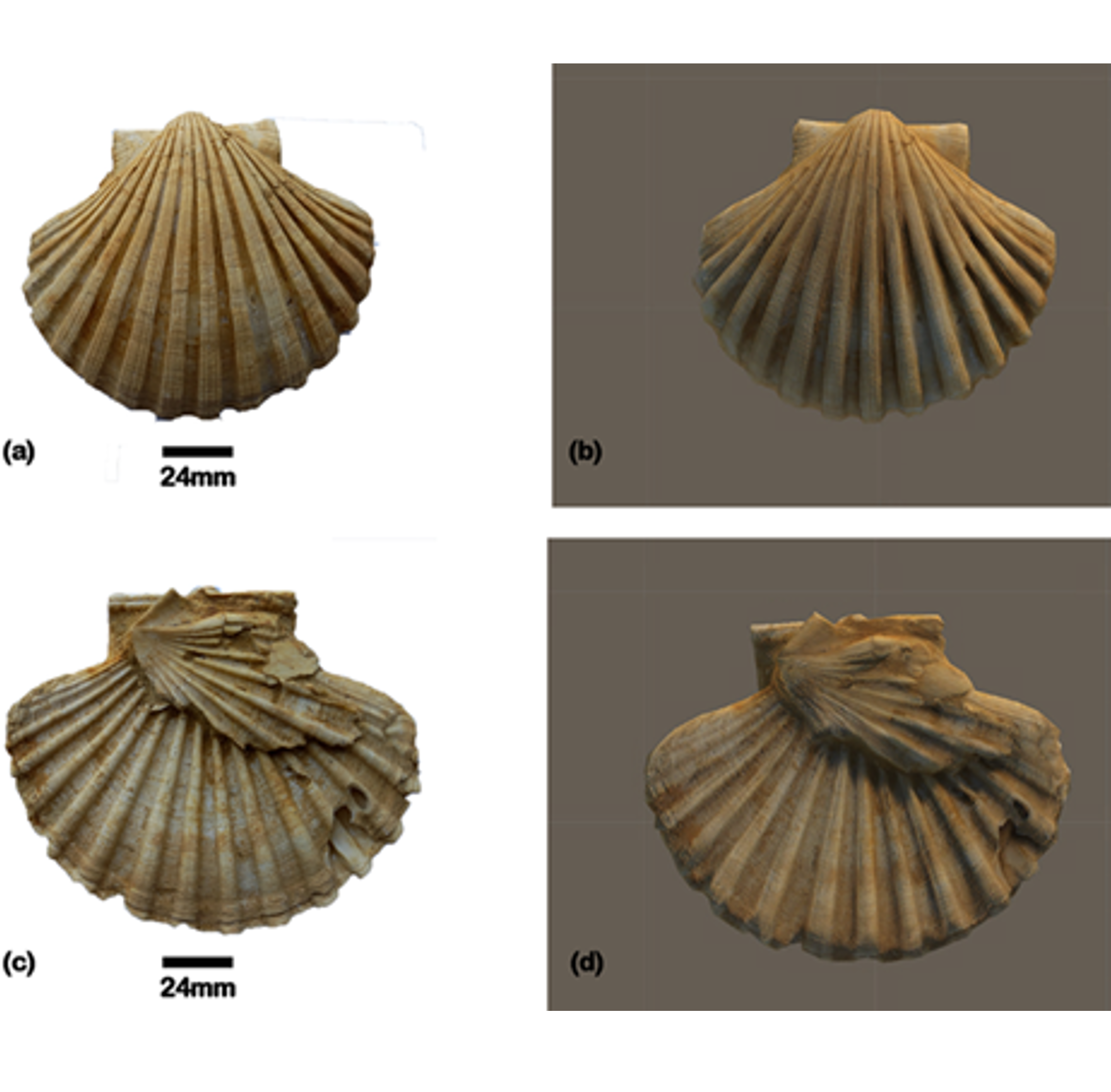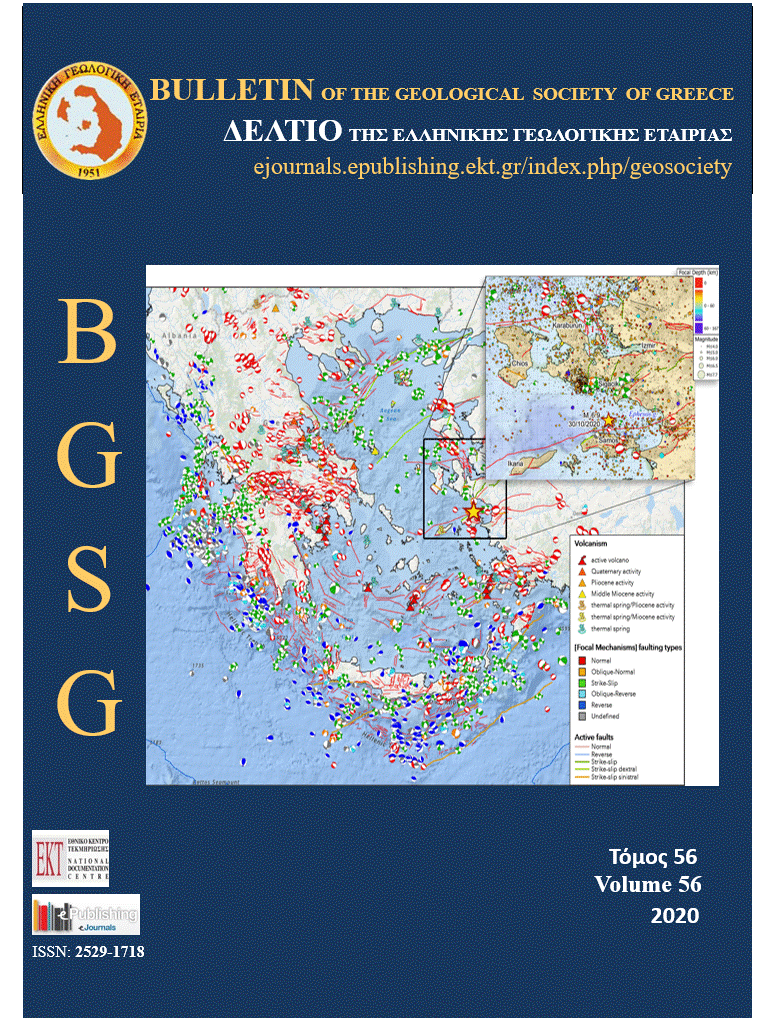Sb- Bi-Bearing Metallogeny of the SerboMacedonian-Rhodope Metallogenic Belt (SRMB)
Περίληψη
Various types of deposits such as carbonate-replacement Pb-Zn-Ag-Au, porphyry Cu-Mo-Au, stratiform volcano-sedimentary, isolated magmatic-hydrothermal and skarns compose the Serbomacedonian-Rhodope Metallogenic Belt (SRMB), which intersects with a NNW-SSE trend the Balkan Peninsula. This arcuate belt is about 500 km long and 130-180 km wide. Sb-Bi alloys and Ag-Cu-Pb-Sb-Bi sulfosalts have been discovered in some metal assemblages in the SRMB. The European Union (EU) is highly dependent on critical and rare metals, such as Sb and Bi, which are very important for a sustainable development. Greece is one of the EU countries with the most potential for supplying the strategic metal Sb in the future, since it hosts a significant ore deposit at Rizana/Lachanas (central Macedonia). Here, the stibnite reserves are 5,000 t (proven) and 50,000-100,000 t (indicated). Both have average Sb=0.3 wt%. In addition, at the same district, there are 1000 t (proven) of wolframite. Another promising Sb-bearing mineral assemblage exists at Alshar (North Macedonia). Here, the stibnite reserves are >20,000 t (indicated) with average Sb=0.5 wt%. At both mineralization districts further investigations are needed to determine the grade and the proven reserves of the critical metal Sb. Until today none encouraging site has been located in the SRMB for remarkable Bi-bearing ore.
Λεπτομέρειες άρθρου
- Πώς να δημιουργήσετε Αναφορές
-
Tsirambides, A., & Filippidis, A. (2019). Sb- Bi-Bearing Metallogeny of the SerboMacedonian-Rhodope Metallogenic Belt (SRMB). Δελτίο της Ελληνικής Γεωλογικής Εταιρείας, 55(1), 34–64. https://doi.org/10.12681/bgsg.20631
- Ενότητα
- Κοιτασματολογία, Μεταλλευτική Τεχνολογία και Οικονομική Γεωλογία

Αυτή η εργασία είναι αδειοδοτημένη υπό το CC Αναφορά Δημιουργού – Μη Εμπορική Χρήση 4.0.
Οι συγγραφείς θα πρέπει να είναι σύμφωνοι με τα παρακάτω: Οι συγγραφείς των άρθρων που δημοσιεύονται στο περιοδικό διατηρούν τα δικαιώματα πνευματικής ιδιοκτησίας επί των άρθρων τους, δίνοντας στο περιοδικό το δικαίωμα της πρώτης δημοσίευσης. Άρθρα που δημοσιεύονται στο περιοδικό διατίθενται με άδεια Creative Commons 4.0 Non Commercial και σύμφωνα με την οποία μπορούν να χρησιμοποιούνται ελεύθερα, με αναφορά στο/στη συγγραφέα και στην πρώτη δημοσίευση για μη κερδοσκοπικούς σκοπούς. Οι συγγραφείς μπορούν να: Μοιραστούν — αντιγράψουν και αναδιανέμουν το υλικό με κάθε μέσο και τρόπο, Προσαρμόσουν — αναμείξουν, τροποποιήσουν και δημιουργήσουν πάνω στο υλικό.





